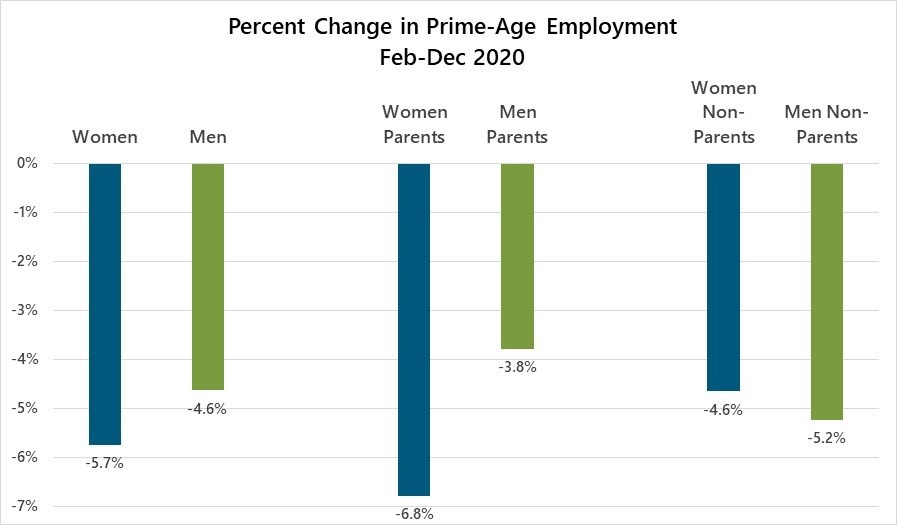Labor Department Introduces New Measures to Prevent Child Labor
After hiring children as young as 13 to clean dangerous equipment at a Sioux City meatpacking plant, a cleaning contractor will pay almost $650,000 in penalties in a consent order approved by federal court.
The judgment approved Monday in the U.S. District Court for the Northern District of Iowa requires Fayette Janitorial Service of Somerville, Tennessee, to pay $649,304 in civil penalties. The company also must hire a third party to review and implement company policies to prevent the employment of children in violation of the Fair Labor Standards Act and establish a program for reporting concerns about the illegal employment of children, according to a news release from the U.S. Department of Labor.
The department obtained a preliminary injunction against Fayette in February after an investigation by the department’s Wage and Hour Division found 24 children doing dangerous work at a Seaboard Triumph Foods plant in Sioux City. The order also covers a Perdue Farms plant in Accomac, Virginia.
The Sustainable Development Goals (SDGs)
- Goal 4: Quality Education
- Goal 8: Decent Work and Economic Growth
- Goal 16: Peace, Justice, and Strong Institutions
Measures Taken by Fayette Janitorial Service
- Require all new employees to be at least 25 years of age.
- Use facial recognition technology to provide additional age validation.
- Use third-party legal audits to review compliance with all employee eligibility and age requirements.
- Implement internal corporate and legal controls on all new hires and additional fraud detection training for any hiring personnel to close any potential gaps during the hiring process.
During the last fiscal year, department investigators found more than 5,800 children had been employed in violation of federal child labor laws, many in hazardous occupations. In particular, it targeted Packers Sanitation Services Inc., a Wisconsin company that paid over $1.5 million in civil penalties for using children to clean meatpacking plants. The case involving Fayette was the first in Iowa.
“The Department of Labor is determined to stop our nation’s children from being exploited and endangered in jobs they should never have been near,” Regional Solicitor Christine Heri said in Monday’s news release. “Children in hazardous occupations drove the Fair Labor Standards Act’s passage in 1938. Yet in 2024, we still find U.S. companies employing children in risky jobs, jeopardizing their safety for profit. We are committed to using all strategies to stop and prevent unlawful child labor and holding all employers legally responsible for their actions.”
The department also pushed back on a bill Gov. Kim Reynolds signed in 2023 loosening some child labor restrictions in Iowa, telling Iowa Democratic lawmakers that the new law conflicted with federal regulations. Before the bill’s passage, legislators removed provisions that would have allowed children to work in some hazardous occupations, including at meatpacking plants.
“While states can pass more protective laws, states cannot nullify federal requirements by enacting less protective standards,” Labor Department officials wrote.
Despite the controversy, 50% of Iowans in a Des Moines Register/Mediacom Iowa Poll taken as the Legislature considered the bill said they approved of it, with some citing tough jobs as a maturing experience in their and their children’s lives.
Kevin Baskins covers jobs and the economy for the Des Moines Register. Reach him at kbaskins@registermedia.com.
SDGs, Targets, and Indicators
| SDGs | Targets | Indicators |
|---|---|---|
| SDG 8: Decent Work and Economic Growth | Target 8.7: Take immediate and effective measures to eradicate forced labor, end modern slavery and human trafficking, and secure the prohibition and elimination of the worst forms of child labor, including recruitment and use of child soldiers, and by 2025 end child labor in all its forms. | Indicator 8.7.1: Proportion and number of children aged 5-17 years engaged in child labor, by sex and age group (ILO methodology) |
1. Which SDGs are addressed or connected to the issues highlighted in the article?
The issue highlighted in the article is child labor in meatpacking plants. This issue is connected to SDG 8: Decent Work and Economic Growth, which aims to promote sustained, inclusive, and sustainable economic growth, full and productive employment, and decent work for all.
2. What specific targets under those SDGs can be identified based on the article’s content?
The specific target under SDG 8 that can be identified based on the article’s content is Target 8.7: Take immediate and effective measures to eradicate forced labor, end modern slavery and human trafficking, and secure the prohibition and elimination of the worst forms of child labor, including recruitment and use of child soldiers, and by 2025 end child labor in all its forms.
3. Are there any indicators mentioned or implied in the article that can be used to measure progress towards the identified targets?
The article does not explicitly mention any indicators. However, the indicator that can be used to measure progress towards Target 8.7 is Indicator 8.7.1: Proportion and number of children aged 5-17 years engaged in child labor, by sex and age group (ILO methodology).
Copyright: Dive into this article, curated with care by SDG Investors Inc. Our advanced AI technology searches through vast amounts of data to spotlight how we are all moving forward with the Sustainable Development Goals. While we own the rights to this content, we invite you to share it to help spread knowledge and spark action on the SDGs.
Fuente: desmoinesregister.com

Join us, as fellow seekers of change, on a transformative journey at https://sdgtalks.ai/welcome, where you can become a member and actively contribute to shaping a brighter future.






